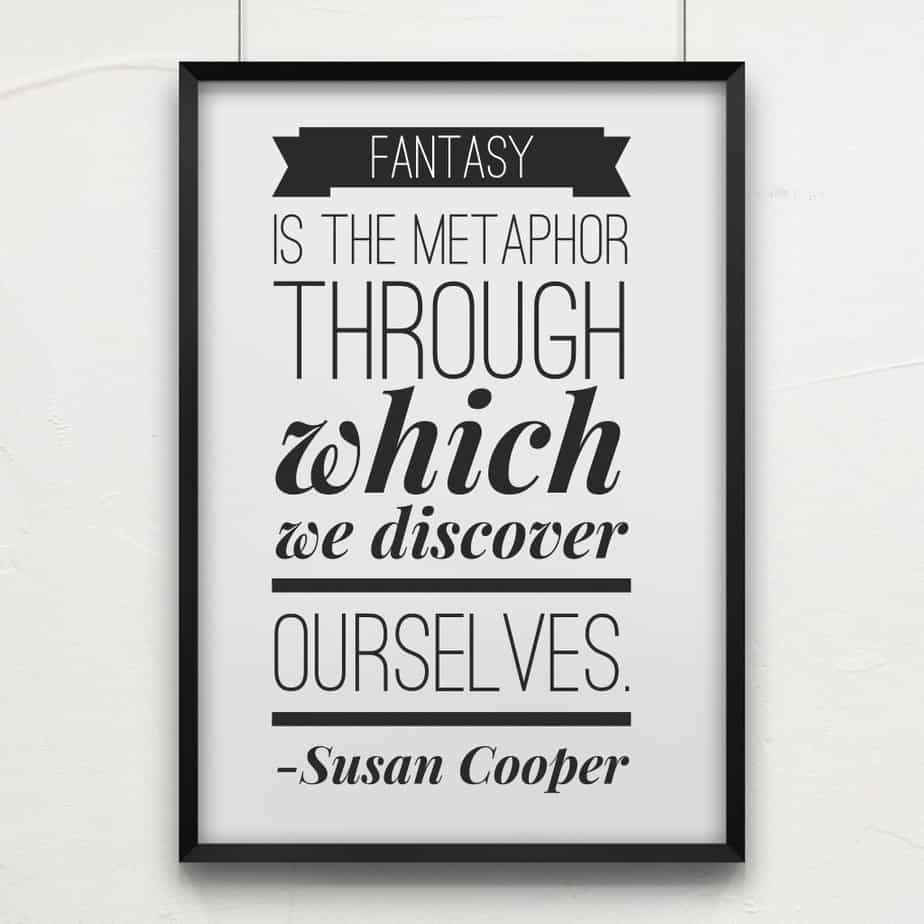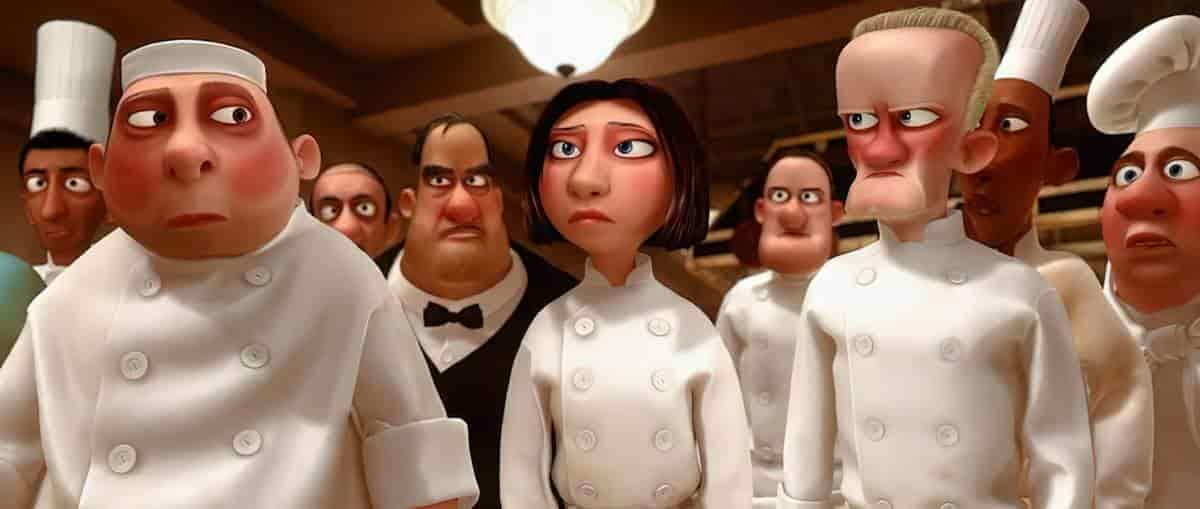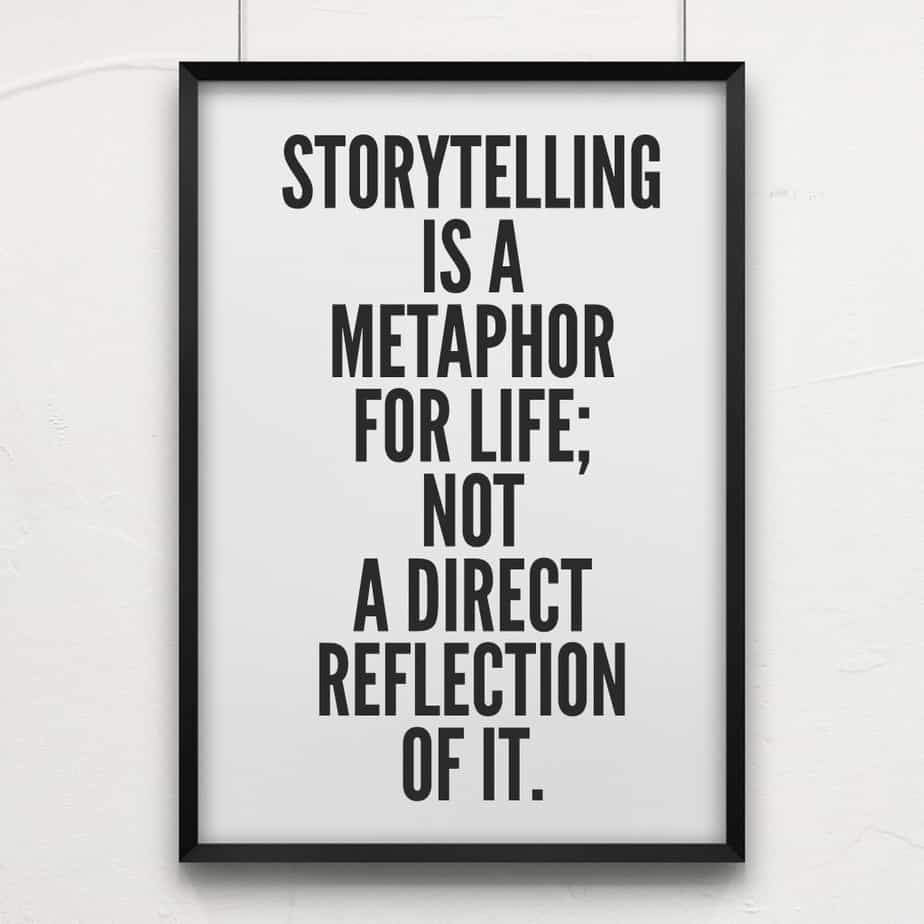There’s a rule of writing fantasy which all professional writers are familiar with. (No, I’m not talking about the dangling preposition.)
Fantasy writers are allowed one big lie per story.
As Michael Hauge writes at his Story Mastery website:
The quality that gives every movie its emotional appeal: It isn’t the fantasy element of a story that is interesting, exciting, romantic or funny. It’s the REACTION of the everyday world to that fantastic situation. Therefore you are only allowed to introduce that single incredible element into your story; everything else must be logical and believable.
Michael Hauge, Credibility (Part 1)
Robert McKee advises the same thing in his well-known screenwriting book Story:
[O]f all the genres Fantasy is the most rigid and structurally conventional. We give the fantasy writer one great leap away from reality, then demand tight-knit probabilities and no coincidence—the strict Archplot of THE WIZARD OF OZ, for example.
from Story, page 70, in a chapter about setting

I believe the writing advice ‘One Lie Per Story’ is generally sound. What I worry about, however, is that writing teams may be using this axiom as an excuse to avoid examination of their own biases.

Take a film like Ratatouille. That’s a story starring a talking rat. Yet when feminists point out the dearth of female characters, apologists rebut with the fact that ‘in real life, professional kitchens are staffed mainly by men.’ But Ratatouille is a story about a talking rat. The writers could have written that story any which way they liked. Except the one ‘lie’ is the talking rat. Everything else, in their justification, would have to ‘ring true’ in order for audiences to accept that talking rat, including the typical gender breakdown of a professional kitchen.
But McKee also has this to say about verisimilitude, as he describes a common feature of failed screenplays:
The “personal story” [one kind of failed screenplay] is understructured, slice-of-life portraiture that mistakes verisimilitude for truth. This writer believes that the more precise his observation of day-to-day facts, the more accurate his reportage of what actually happens, the more truth he tells. But fact, no matter how minutely observed, is truth with a small ‘t’. Big “T” Truth is located behind, beyond, inside, below the surface of things, holding reality together or tearing it apart, and cannot be directly observed. Because this writer sees only what is visible and factual, he is blind to the truth of life.
Story, by Robert McKee
A truly masterful storyteller is indeed able to tell a story which casts females in traditionally male roles, yet it still feels believable.
Some storytellers are even able to write futuristic worlds in which women have equality, and they still manage to tell a truth; not only truth, but Truth. That’s because they are masterful storytellers.

McKee continues:
[F]acts are neutral. The weakest possible excuse to include something in a story is: “But it actually happened.” Everything happens; everything imaginable happens. Indeed, the unimaginable happens. But story is not life in actuality. Mere occurrence brings us nowhere near the truth. What happens is fact, not truth. Truth is what we *think about* what happens.
Story, Robert McKee
From a master storyteller himself: Everything happens. Sexism happens. And there is absolutely no excuse at all for the reproduction of outdated, anti-female and outright nasty portrayals of girls or white people in any work of fiction, especially for children.
Consider also the following concepts of storytelling:
‘THE WORLD OF THE WORK’
In talking about what Paul Ricoeur calls “the world of the work”, we assume, of course, that the work offers up a world of its own. Literary works summon such a world through their arrangement and adherence to formal rules; through their use of tradition and genre; through their intent and use of language. We might say that it is through style that literary works become more than the sum of their sentences. Literary works create new worlds by replacing the world itself and it is the metaphorical statement that reveals this operation. “Metaphor’s power of reorganizing our perception of things,’ Ricoeur writes, “develops from transposition of an entire ‘realm’”. Ricoeur calls this realm a “new referential design”, which I specify as the work’s metaphorical design.
from Goth: Undead Subculture
In other words, a writer can invent any kind of world they want to. Let’s not pretend otherwise. Imagining only worlds full of white boys with a token girl and a token black child is simply a failure of imagination on the part of the storyteller.
THE ‘REAL-FICTIONAL DICHOTOMY’
…literary scholars tend to divide characters in terms of what I will call the real-fictional dichotomy. According to this notion, fictional characters, by definition, are “unreal” and human beings “real.” … we “construct an image of a person” by “fabricating [the image] in consciousness.”
Believable Fictions, On the Nature of Emotional Responses to Fictional Characters by Howard Sklar
Sklar argues that: ‘We bring many of the same intuitions and forms of evaluation to our encounters with fictional characters that we use with real people. With this in mind, I attempt to show that our emotional responses to fictional characters more greatly resemble real-life emotions than some aesthetic theorists would like to concede.’ This argument makes it all the more important that we’re exposing children to a diverse range of characters, if children are indeed reacting to fictional characters in the same way they would react to a person in real life.
CARNIVALIZATION
I came across the term carnivalesque when reading Maria Nikolajeva*, who finds this concept very relevant to children’s literature.
- Children’s books are often criticised for being not true to life.
- In fact, verisimilitude (the appearance of being real) should not be confused with reality.
- ‘Carnivalization’ is a means to achieve a distance from cruel aspects of reality.
- An example of ‘carnivalization’ common in fiction for younger readers is use of allegorical names for people and places, which would never occur in real life, but say something meaningful about the story at hand. (Gogol and Evelyn Waugh do this also.)
- An example of an author for adult readers who has perfected the use of carnivalization is Franz Kafka. The technique is strangely accepted in the work of Kafka, but often questioned by critics when the same thing appears in children’s books.
- The Wikipedia entry on the genre of Carnivalesque
*who quotes Bahktin, initially describing the work of Dostoyevsky and Gogol
WEIRDNESS POINTS
Whereas words like ‘carnivalization’ are used by literary theorists, Internet users come up with their own terminology. The concept of ‘weirdness points’ fits in nicely here, as in, writers only get a set number of weirdness points for their characters before reader attention is drawn to the weirdness itself, rather than to the story.
The phrase ‘weirdness points’ comes from the Less Wrong blog and has been further discussed elsewhere, e.g. on Reddit.
The Less Wrong blog post also points out that sociology already has its own word for this:
Idiosyncrasy credit is a concept in social psychology that describes an individual’s capacity to acceptably deviate from group expectations. Idiosyncrasy credits are increased (earned) each time an individual conforms to a group’s expectations, and decreased (spent) each time an individual deviates from a group’s expectations.
Idiosyncrasy Credit entry at Wikipedia
Another useful term, used by academics, is ‘normate’. If ‘normal’ sounds wrong to you and you’d prefer to avoid it when describing people because, after all, there’s no such thing as ‘normal’, then normate might be the word you’re after. I believe it comes from disability studies.
The normate is [one] of Garland-Thomson’s most important ideas in disability studies. According to Garland-Thomson, the normate is this fantasy image of perfect bodily health, beauty, and functioning. It’s an ideal that no one can possibly live up to and yet everyone still tries to reach.
Buzzwords in Disability Studies at Shmoop
Normate is also used as a verb, e.g. ‘to normate someone’ is to take away their weirdness points until mainstream accepts them.
IN SUM
There is no possible narrative excuse for failing to include more female characters and characters of colour in children’s films.
Storytellers must do away with the idea that in a work of fantasy (e.g. one with talking planes), that no other deviation from reality is possible. Verisimilitude is a robust beast.
‘truth’ is not ‘Truth’, and the slavish duplication of human reality in film indicates a failure to make use of story as metaphor for life.
An audience is able to cope with ‘unreal’ situations in fiction because we understand intuitively the ‘real-fictional dichotomy’. Audiences understand that ‘the world of the work’ is different from ‘the real world’. We get it. We can cope.
The reason these concepts are ‘intuitive’ to an audience is due to a long history of storytelling which makes use of devices such as carnivalization (and metaphor and other figures of speech…)
There is no reason, other than unchallenged sexism/racism, why established storytelling techniques cannot be utilised in big-budget children’s films to reimagine an inequal world.

INTERESTING LINKS ON VERISIMILITUDE IN STORYTELLING
Based on a “true” story: expecting reality in movies Oxford University Press blog points out that ‘our emotional involvement with a movie depends on the degree to which we expect or “appraise” the events to be real.’ In other words, we expect different things from a story that is based on reality, even though such stories are a blend of fact and fiction. Scientists have measured things like palm sweat and found that viewers are even more affected by, say, a disaster movie, when they know the story is based on true events. The Coen Brothers utilise this when they tell viewers at the beginning of the film Fargo that the story is based on true events (even though it is completely fabricated).
Why newsworthy events do not lead to newsworthy novels from Nathan Bransford advises writers not to expect their story to be more sellable because their story aligns with what’s happening in the news.
The Beautiful Creatures authors give us the rules for creating a believable fantasy from io9. Beautiful Creatures is a fantasy romance based on a book. It’s a story set in a small town and includes witches and devils. Margaret Stohl explains that the co-authors were able to come up with a believable universe because they ‘came out of old school world building, we had a Bible for our universe. We knew histories of characters you’ll never meet. That was a part of it. Obeying your own rules is a huge part of it. things have to matter, laws cause and effect.’
RELATED TERM
Nowism. Short for ‘now-chauvinism’. The tendency to export present-day forms, conventions, technology or morality to a future setting where they are inappropriate or unlikely. (CSFW: David Smith)
Glossary of Terms Useful In Critiquing Science Fiction
This word is related (but not identical) to chrononormativity, used by academics when describing how certain things happening at certain times can seem either normal (normate) or weird, depending on our preconceptions.
